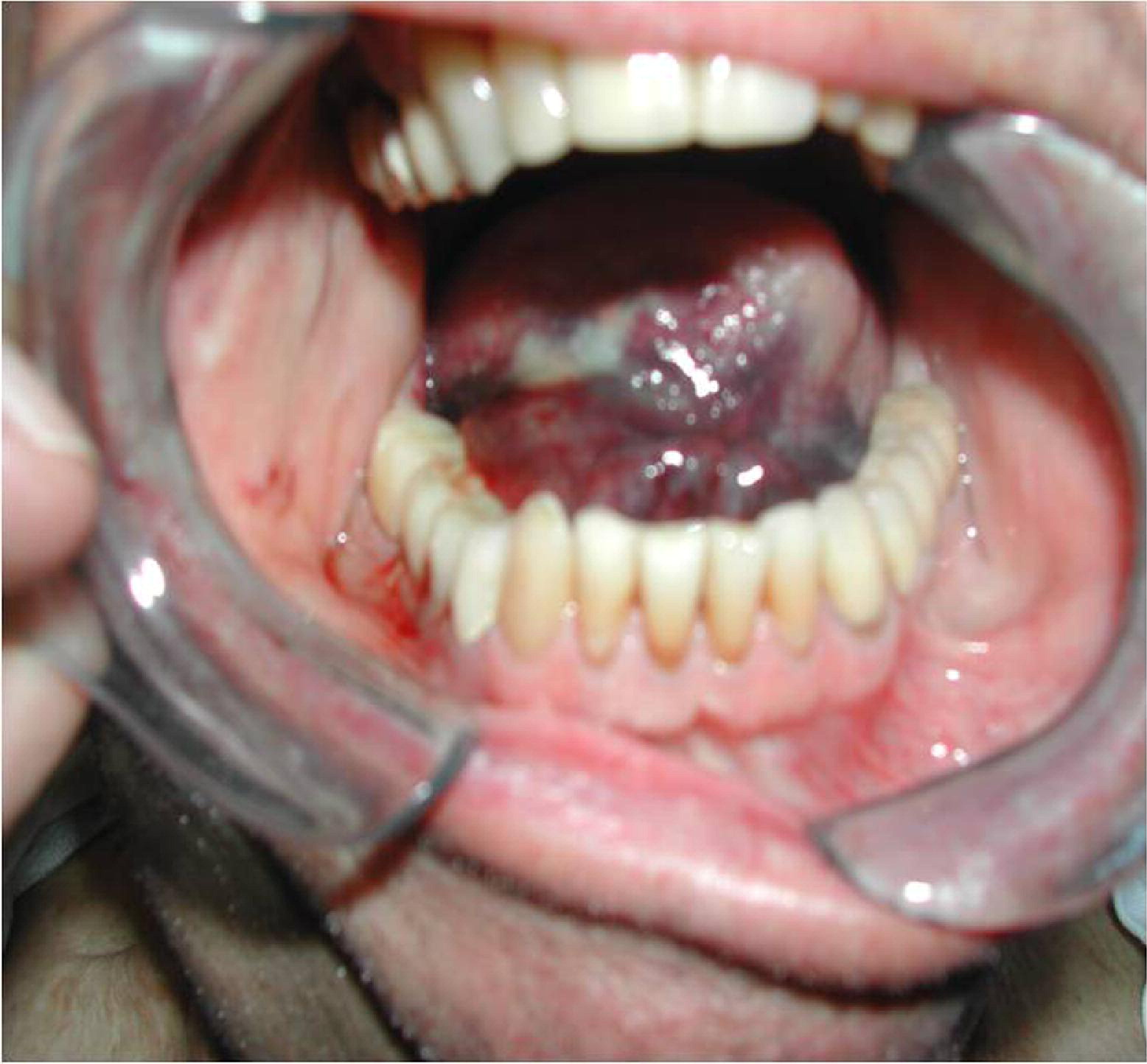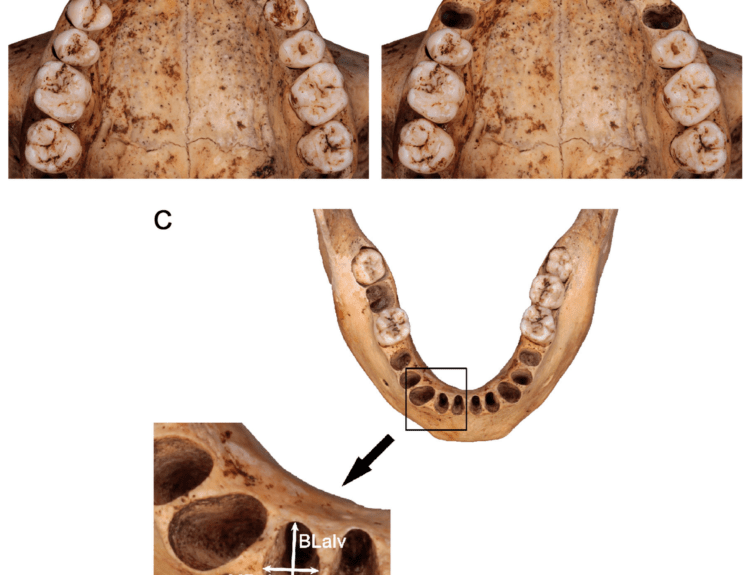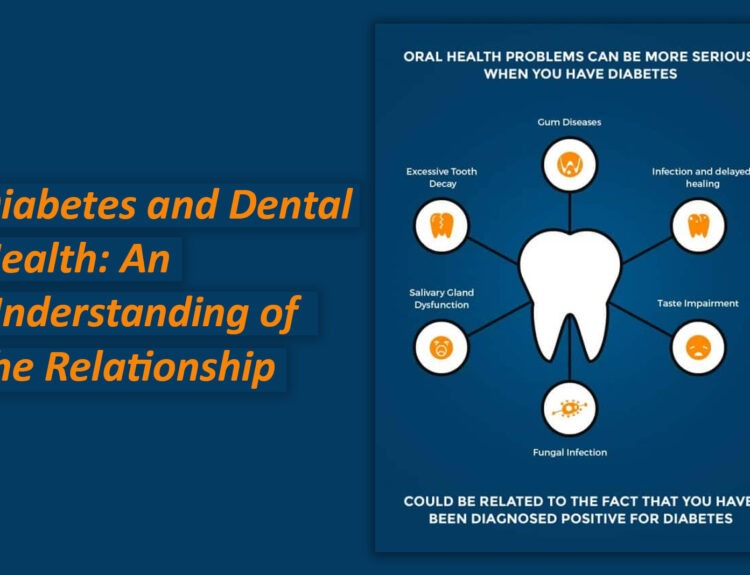A hematoma is a localized collection of blood outside of blood vessels, usually in liquid or clotted form within a tissue. Essentially, it happens when blood leaks out of a damaged blood vessel and accumulates in the surrounding tissues. The size and location of a hematoma can vary greatly, from a small bump under the skin to a large collection of blood within an organ.
A hematoma on the cheek or jaw following wisdom tooth or any other tooth surgical removal is not uncommon and usually occurs due to trauma during the procedure or bleeding under the skin. While it can be concerning, most hematomas resolve on their own with proper care. What should you do if you get it.
Immediate Steps
Use an ice pack or cold compress wrapped in a cloth.
Apply it to the affected area for 15–20 minutes at a time, with 20-minute breaks in between.
Do this for the first 24–48 hours to reduce swelling and discomfort.
Keep Your Head Elevated and sleep with your head propped up on pillows to minimize swelling and promote drainage.
Avoid touching or pressing on the hematoma.
Do not rinse your mouth vigorously or use straws, as suction can disrupt healing.
Pain Management
Take prescribed or over-the-counter pain relievers (e.g., ibuprofen or acetaminophen) as directed by your dentist or oral surgeon.
Avoid aspirin, as it can increase bleeding.
Oral Hygiene
Gently rinse your mouth with warm salt water (1/2 teaspoon of salt in 8 ounces of water) after 24 hours to keep the area clean and reduce the risk of infection.
Brush your teeth carefully, avoiding the surgical site.
Monitor for Signs of Infection
While hematomas are harmless, watch for signs of infection, such as:
- Increasing pain, swelling, or redness
- Pus or foul-smelling discharge
- Fever or chills
- Difficulty opening your mouth or swallowing
If you notice any of these symptoms, contact your dentist immediately.
When to Seek Medical Attention
- If the hematoma grows significantly or becomes very painful.
- If you experience difficulty breathing or swallowing (rare but serious).
- If the lump does not start to shrink after 5–7 days.
Long-Term Care
After 48 hours, you can switch to warm compresses to promote blood flow and healing.
Follow all post-operative instructions provided by your dentist or oral surgeon, including dietary restrictions (e.g., soft foods) and activity limitations.
Most hematomas resolve within 1–2 weeks. However, if you’re unsure or concerned, don’t delay to contact your dental professional for advice.







